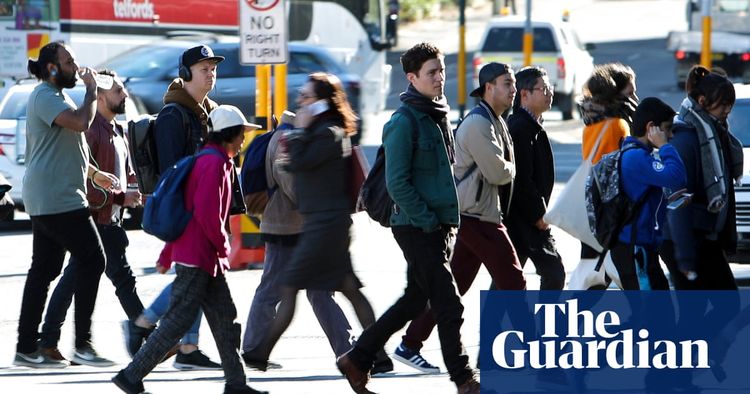Australian unemployment rate rises to 3.7% as economy sheds 14,600 jobs in July

Last month, Australian employers cut down on jobs and the unemployment rate increased, confirming the Reserve Bank's forecast that the workforce was nearly reaching a crucial change.
According to the Australian Bureau of Statistics, the jobless rate in July stood at 3.7%, with the economy experiencing a net loss of 14,600 jobs. Experts had anticipated a slight increase in the unemployment rate to 3.6% compared to June's reported rate of 3.5%, along with a net gain of 15,000 jobs.
The decline in employment opportunities occurred solely due to a decrease in full-time job opportunities, resulting in the elimination of 24,200 positions in July. Conversely, there was an increase of 9,600 opportunities in part-time employment.
The rise in unemployment figures will provide added incentive for the Reserve Bank to continue their halt on adjusting interest rates for a third month in a row during their upcoming meeting. Lately, the chances of a rate increase in September have been below 10%.
Following that signal, traders reacted by causing the Australian dollar to decline by approximately 0.25 US cents, resulting in a trading value of around 63.75 US cents.
Shares, which usually profit from decreased interest rates, reduced their declines over the course of the day to approximately 0.9%.
Dwyfor Evans, a senior strategist at State Street Global Markets, expressed that the RBA's cautious approach to monetary policy is validated by the disappointing July employment report. Additionally, the downward trend in online prices confirms that the period of increasing interest rates has come to a halt. It is important to note that while this data point is significant, it should not be exaggerated.
The central bank anticipates that the percentage of people without jobs will reach 4.5% by the conclusion of 2024, which indicates a one-point rise compared to the rate in June. Certain financial experts view this change as an indication of an approaching economic downturn.
However, the economy has managed to create approximately 1 million employment opportunities since the worst phase of the Covid outbreak, and the unemployment rate has remained close to its lowest point in almost 50 years for almost a year now.
Bjorn Jarvis, the ABS leader of labor statistics, stated that the decrease in workforce (approximately 14,600 jobs) contrasts with a typical monthly rise of approximately 42,000 individuals observed during the initial six months of this year. He further added that employment is still notably higher, with approximately 387,000 more people in comparison to July of the previous year.
Although the number of people without jobs rose by 36,000 individuals in July, reaching a total of 541,000, it remained approximately 172,000 lower than the pre-pandemic levels.
The level of participation declined to 66.7%, while the rate of those working part-time involuntarily remained unchanged at 6.4%, after taking into account seasonal adjustments.
The ABS stated that in July 2023, there was a slight increase of 0.2% in the number of hours worked per month, indicating a continued need for labor. However, there was a slight decrease of 0.1% in employment during the same period. This increase in hours worked can be attributed to a reduced number of individuals taking time off during the school holidays.
"The endurance reflected in the number of hours spent working signifies the ongoing shortage of available labor," stated Jarvis. "The total time spent working saw a significant hike of 5.2% compared to July 2022, which is considerably higher than the annual growth rate of employment at 2.8%."
The increase in the number of hours worked in the past year, in comparison to the rise in employment, indicates that the need for workers is being somewhat fulfilled by individuals putting in extra hours.
The rise in the unemployment rate was mainly due to the significant input from New South Wales and Queensland. In June, NSW boasted a remarkably low jobless rate of 2.9%, but this figure increased to 3.3% in the past month. Despite this increase, NSW still holds the country's lowest unemployment rate, with Western Australia trailing closely behind at 3.4%.
The unemployment rate in Queensland saw an increase from 3.6% to 4.5% in July, coming second only to Tasmania's rate of 4.7%. On the other hand, Victoria experienced an improvement in its rate, which dropped from 3.7% to 3.6%.
According to Ben Udy, the chief economist for Oxford Economics Australia, there is still a significant amount of time before the RBA can fully relax due to the declining state of the job market.
Udy stated that we initially believed that the RBA had finished its current period of increasing interest rates, as rates reached a high of 4.1%. However, the recent data released today is likely to remove any remaining hopes of a rate hike happening in September.







